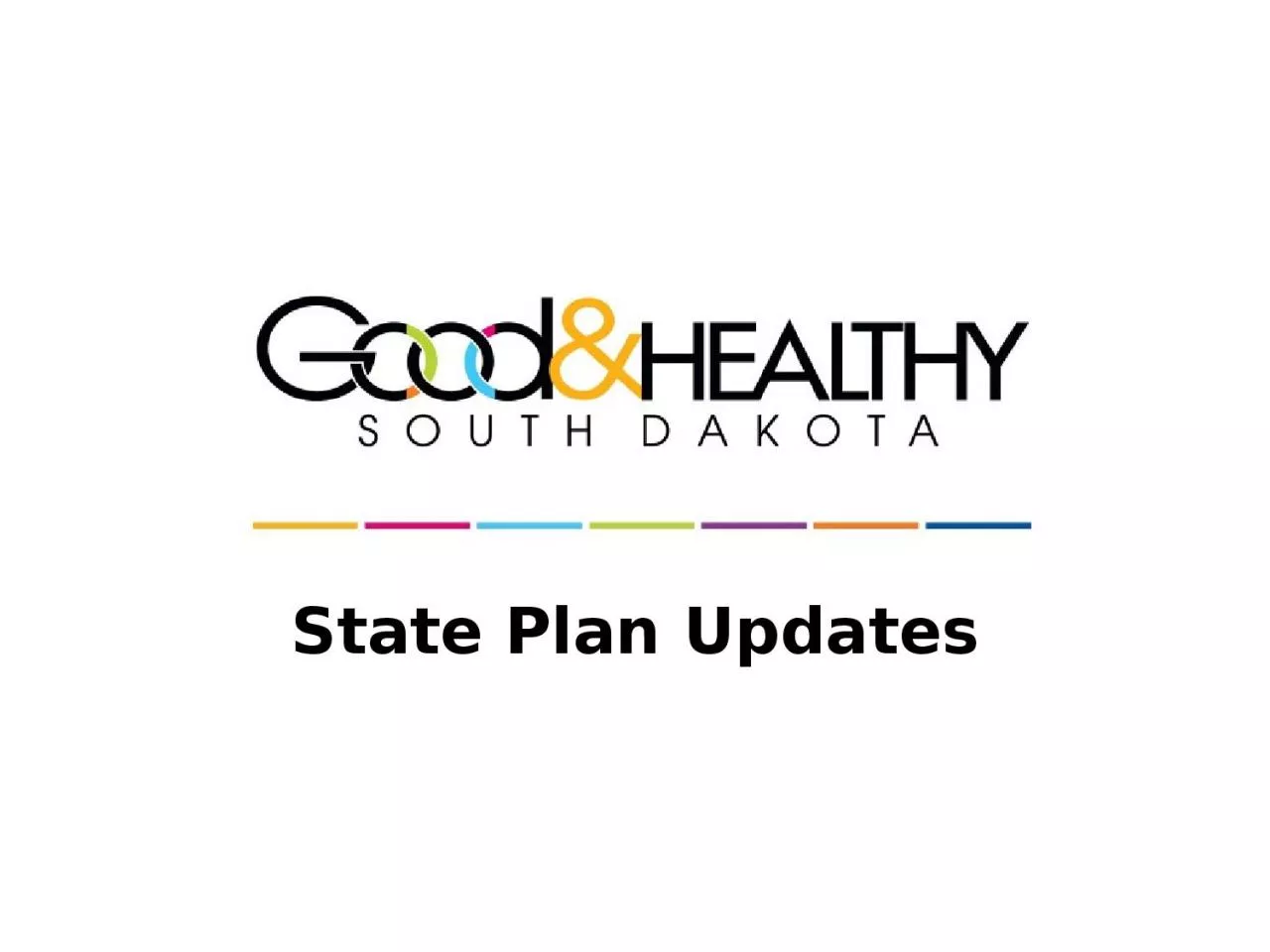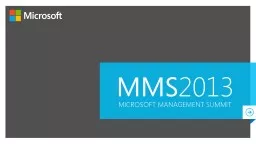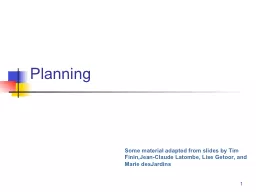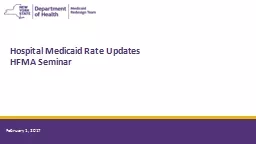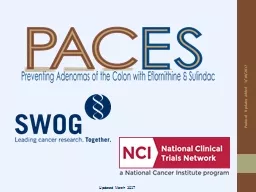PPT-State Plan Updates GOAL 2
Author : nicole | Published Date : 2024-02-09
Encourage the adoption of policies that make health a priority 21 Develop a set of 10 model policies related to chronic disease Workgroup Members DeEtta Dugstad
Presentation Embed Code
Download Presentation
Download Presentation The PPT/PDF document "State Plan Updates GOAL 2" is the property of its rightful owner. Permission is granted to download and print the materials on this website for personal, non-commercial use only, and to display it on your personal computer provided you do not modify the materials and that you retain all copyright notices contained in the materials. By downloading content from our website, you accept the terms of this agreement.
State Plan Updates GOAL 2: Transcript
Download Rules Of Document
"State Plan Updates GOAL 2"The content belongs to its owner. You may download and print it for personal use, without modification, and keep all copyright notices. By downloading, you agree to these terms.
Related Documents

